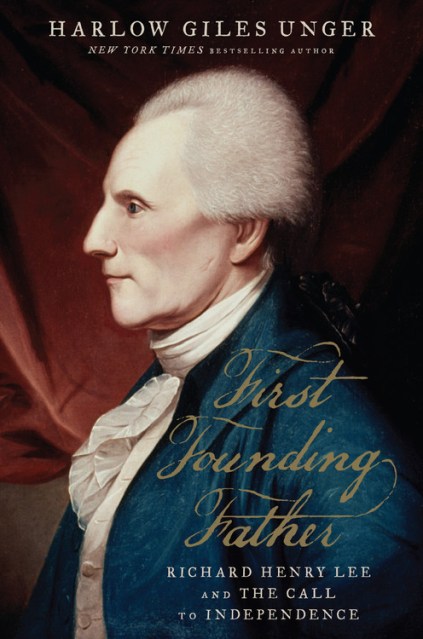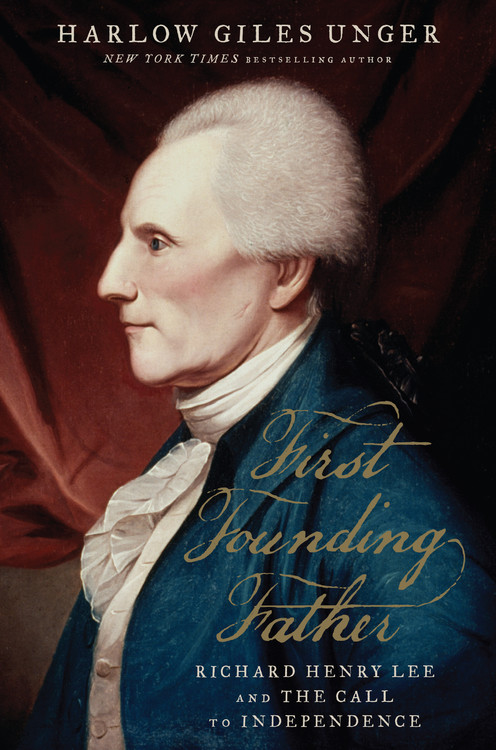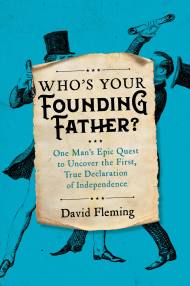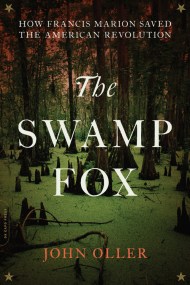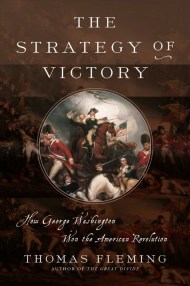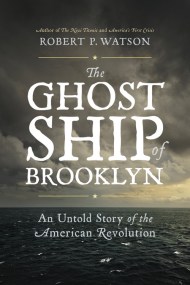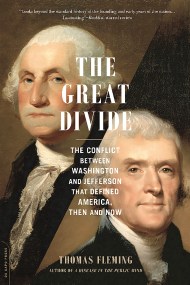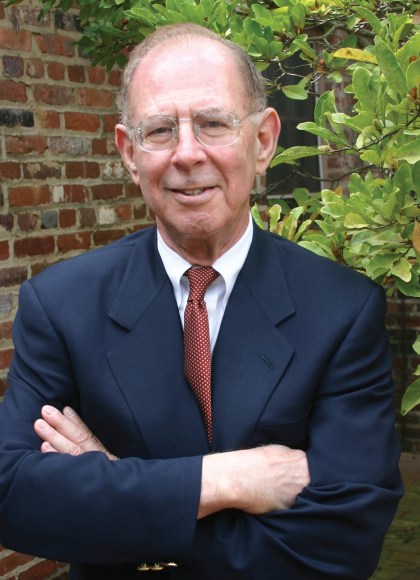Promotion
Use code MOM24 for 20% off site wide + free shipping over $45
First Founding Father
Richard Henry Lee and the Call to Independence
Contributors
Formats and Prices
Price
$28.00Price
$36.50 CADFormat
Format:
- Hardcover $28.00 $36.50 CAD
- ebook $18.99 $24.99 CAD
This item is a preorder. Your payment method will be charged immediately, and the product is expected to ship on or around November 7, 2017. This date is subject to change due to shipping delays beyond our control.
Also available from:
Before Washington, before Jefferson, before Franklin or John Adams, there was Lee–Richard Henry Lee, the First Founding Father
Richard Henry Lee was first to call for independence, first to call for union, and first to call for a bill of rights to protect Americans against government tyranny. A towering figure in America’s Revolutionary War, Lee was as much the “father of our country” as George Washington, for it was Lee who secured the political and diplomatic victories that ensured Washington’s military victories. Lee was critical in holding Congress together at a time when many members sought to surrender or flee the approach of British troops. Risking death on the gallows for defying British rule, Lee charged into battle himself to prevent British landings along the Virginia coast–despite losing most of his left hand in an explosion.
A stirring, action-packed biography, First Founding Father will startle most Americans with the revelation that many historians have ignored for more than two centuries: Richard Henry Lee, not Thomas Jefferson, was the author of America’s original Declaration of Independence.
Richard Henry Lee was first to call for independence, first to call for union, and first to call for a bill of rights to protect Americans against government tyranny. A towering figure in America’s Revolutionary War, Lee was as much the “father of our country” as George Washington, for it was Lee who secured the political and diplomatic victories that ensured Washington’s military victories. Lee was critical in holding Congress together at a time when many members sought to surrender or flee the approach of British troops. Risking death on the gallows for defying British rule, Lee charged into battle himself to prevent British landings along the Virginia coast–despite losing most of his left hand in an explosion.
A stirring, action-packed biography, First Founding Father will startle most Americans with the revelation that many historians have ignored for more than two centuries: Richard Henry Lee, not Thomas Jefferson, was the author of America’s original Declaration of Independence.
Genre:
- On Sale
- Nov 7, 2017
- Page Count
- 320 pages
- Publisher
- Da Capo Press
- ISBN-13
- 9780306825613
Newsletter Signup
By clicking ‘Sign Up,’ I acknowledge that I have read and agree to Hachette Book Group’s Privacy Policy and Terms of Use
